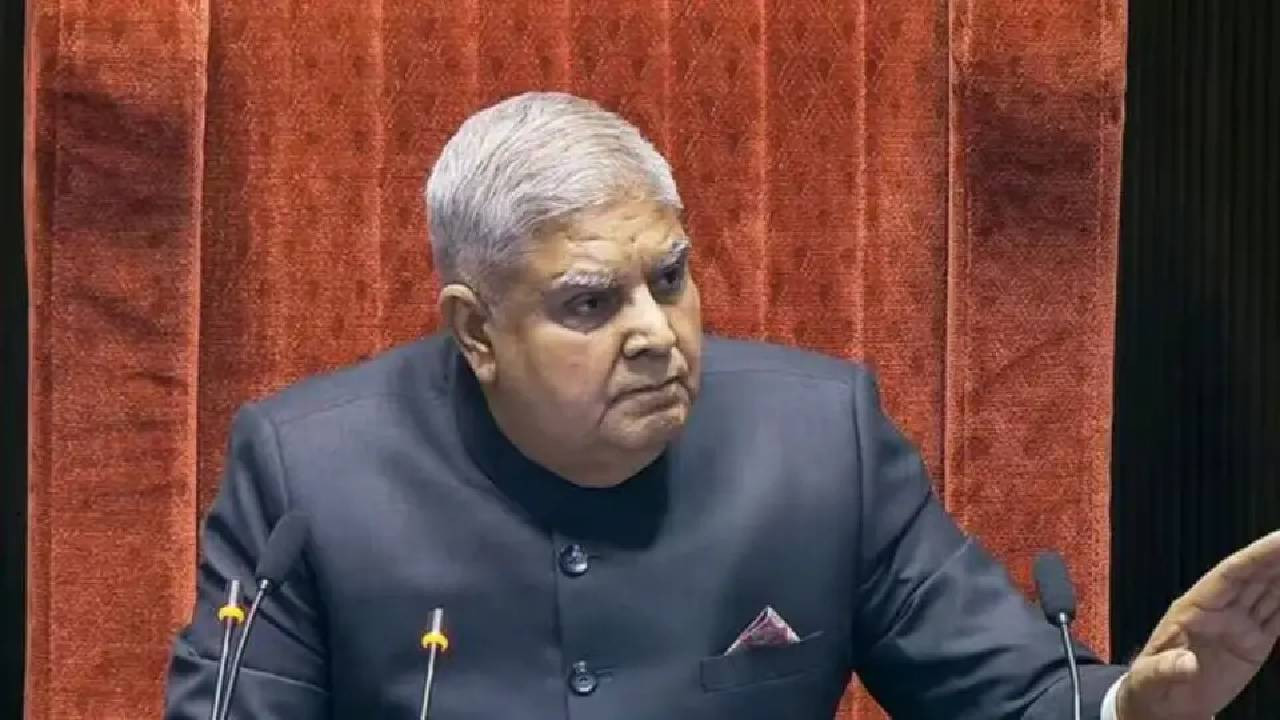Business News: The Indian rupee continued its downward slide for the sixth straight day, closing at a record low of 86.41 against the US dollar on Wednesday. The currency's decline is being driven by two key factors: the ongoing strength of the US dollar in global markets and sustained foreign investor withdrawals from Indian equities.
Six Days of Consecutive Decline for Rupee
In the interbank foreign exchange market, the rupee opened weaker at 86.46, briefly climbed to 86.34, but eventually closed at 86.41 — three paise lower than the previous close of 86.38. This marks the sixth consecutive trading session of depreciation, signaling mounting pressure on India’s currency.
Foreign Selling and Dollar Surge Behind the Fall
According to Anuj Chaudhary, a research analyst at Mirae Asset Sharekhan, the rupee's weakness is primarily the result of increased foreign capital outflows and a strengthening US dollar. Despite this, gains in the Indian stock market and a dip in global crude oil prices provided partial support, helping to limit further losses. He added that the rupee may trade between 85.60 and 86.30 in the short term, unless there is a significant global trigger.
India-US Trade Deal Delays Add to Currency Woes
Another major factor impacting the rupee is the uncertainty surrounding the proposed trade agreement between India and the United States. Experts warn that if an agreement isn't finalized by the August 1 deadline, it could lead to further market instability, potentially pushing the rupee beyond 87 per dollar — an all-time low. The fifth round of trade discussions concluded last week in Washington, and a follow-up meeting is scheduled to be held in India next month.
Stock Markets Show Optimism Despite Currency Pressure
India’s equity markets closed in the green on Wednesday. The BSE Sensex surged 539.83 points to end at 82,726.64, while the Nifty 50 climbed 159 points to close at 25,219.90. However, this bullish trend didn't reflect in foreign investor activity — FIIs sold off 3,548.92 crore worth of shares on Tuesday, continuing their exit.
Crude Oil Dip Provides Temporary Cushion
Brent crude oil prices declined by 0.52%, reaching $68.23 per barrel in global markets. This decline slightly eased import-related pressure on the rupee, although it was insufficient to counterbalance the strong dollar and foreign capital flight.
Rupee Faces Tough Road Ahead
With global and domestic uncertainties looming large — particularly the outcome of the India-US trade deal and continued foreign investor withdrawals — the rupee is expected to remain under strain. Analysts emphasize that unless a resolution is reached soon, the rupee could breach further record lows, increasing inflationary risks and putting additional pressure on the Reserve Bank of India (RBI).













